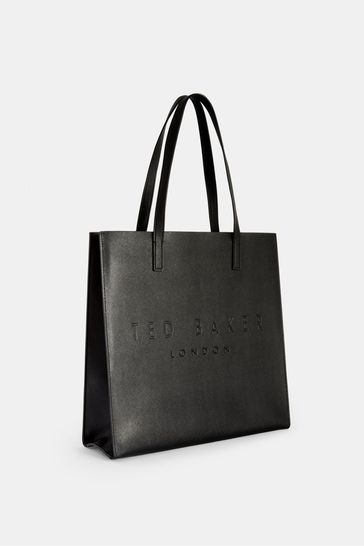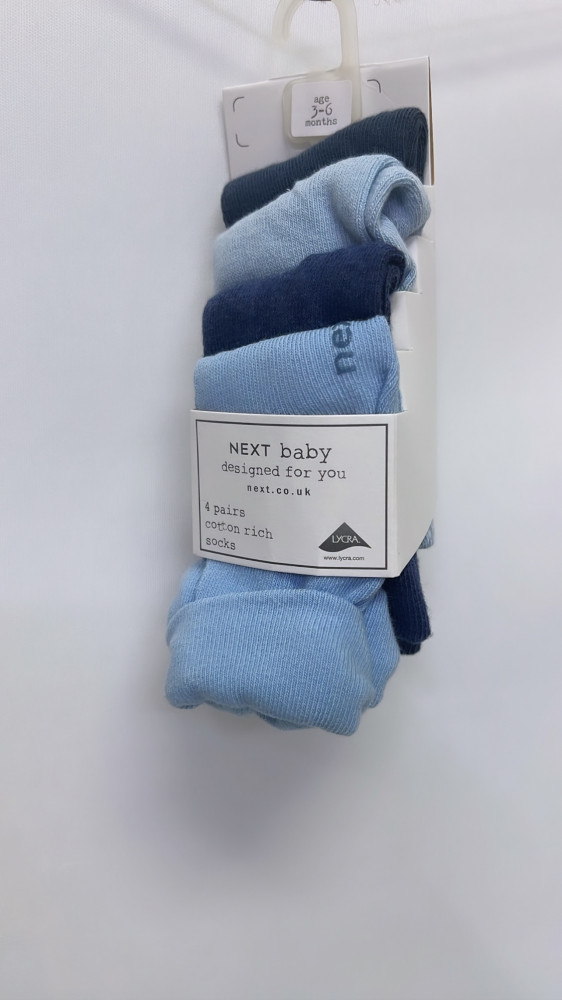
الراشد مول on Twitter: "اخبار سارة لدى نكست! العلامة الأكثر شهرة للأطفال تيد بيكر متوفرة الآن لدى نكست تفضلوا الآن بزيارة معرض نكست في الراشد مول للتسوق من تشكيلة العيد الرائعه 🛍😍 #

ألوان نابضة بالحياة و أقمشة مريحة من ملابس النوم من ماركة تيد بيكر Vibrant colours and comfortable fabrics from b by Ted Baker… | Instagram

ليتألق صغارك بأحدث الصيحات والتصاميم من مجموعة بيكرمن تيد بيكر متوفرة الآن في متاجر مختارة من نكست في الكويت والسعودية وقطر Trendy… | Instagram

الرياض جاليري on X: "تشكيله جديده من تيد بيكر للأطفال لدى محلات نكست 👨👧👧 تفضلوا بزيارتنا في مجمع #الرياض_جاليري الدور الاول بالقرب من بوابة ٢ و اكتشفوا المزيد من التشكيلات. https://t.co/UVxyXeDUIy" /




















